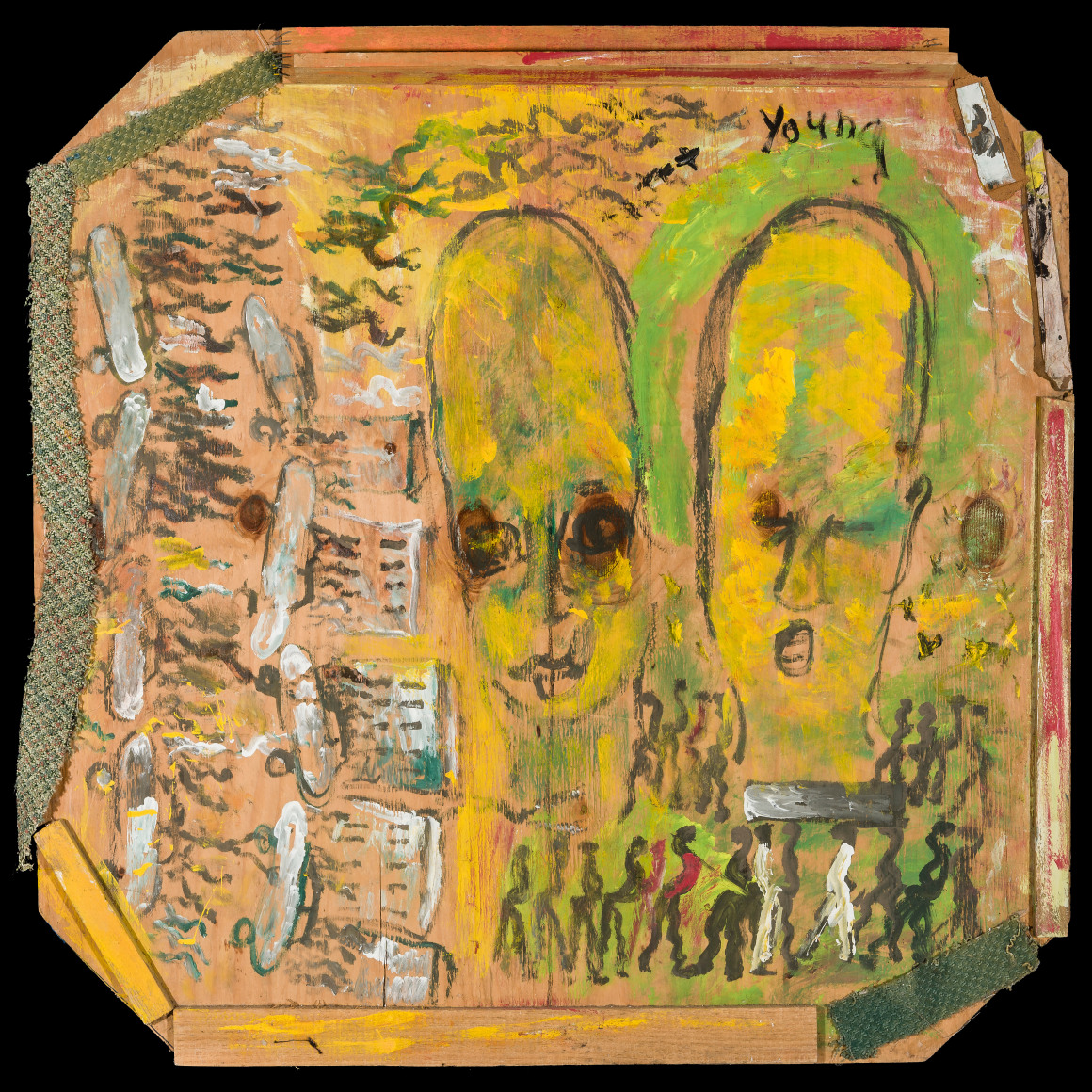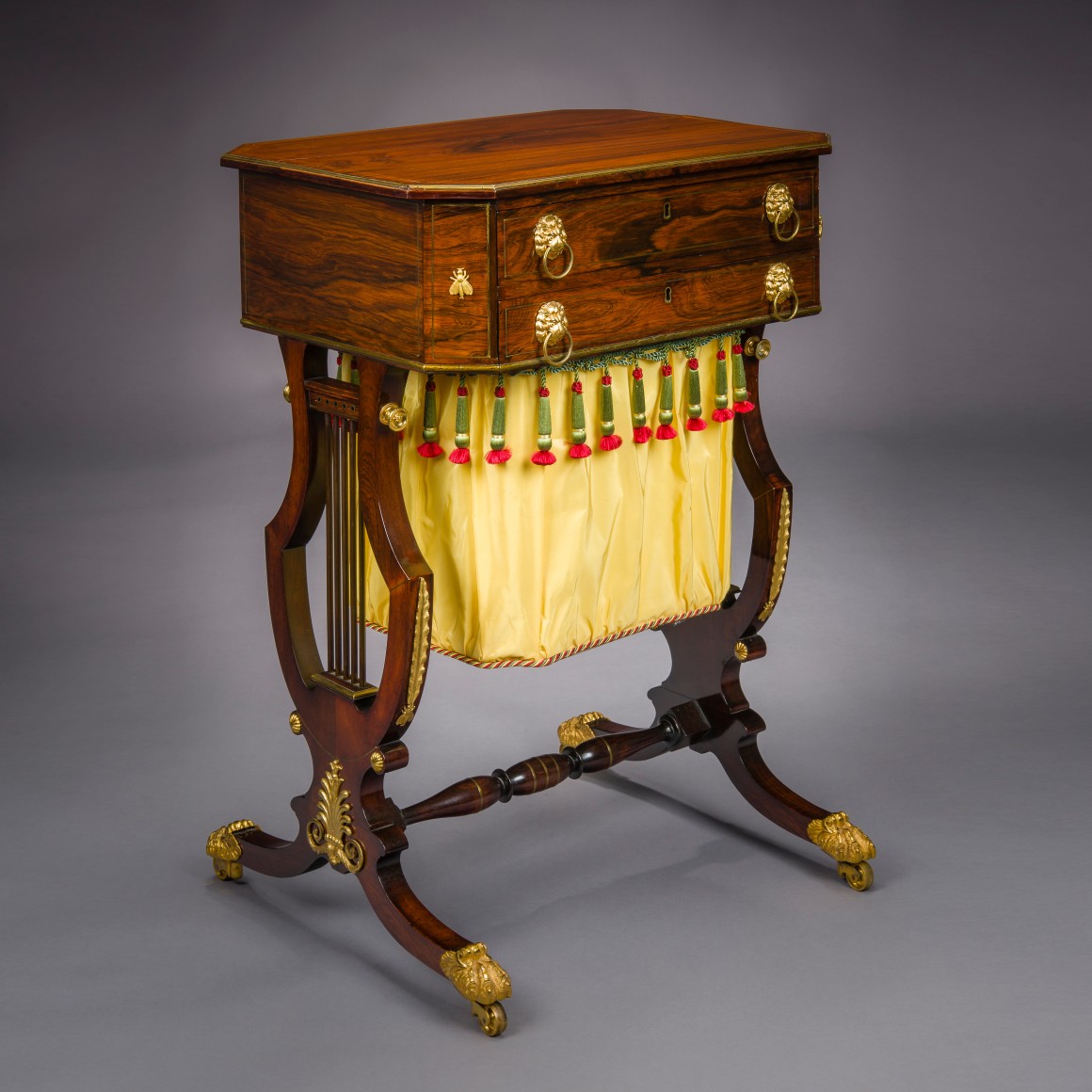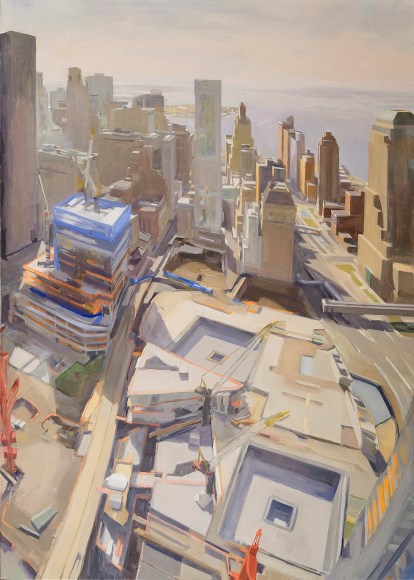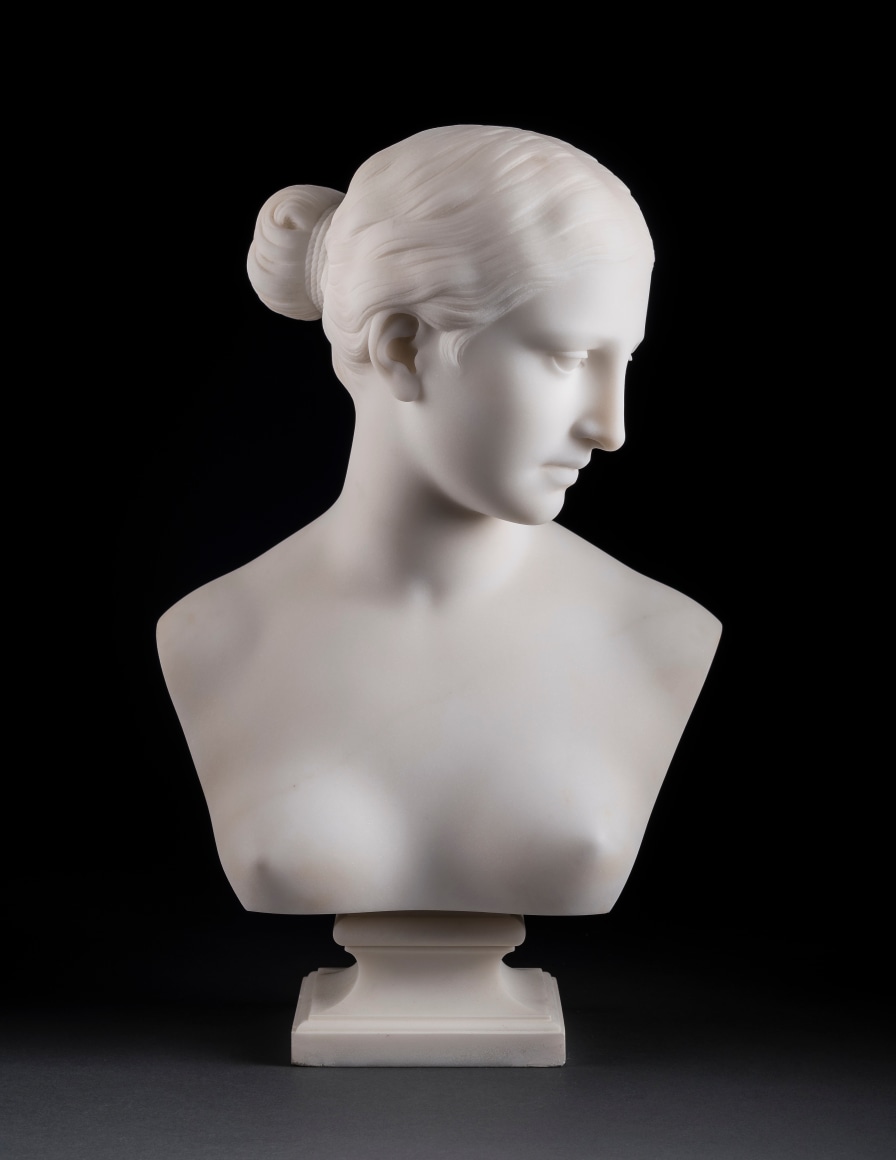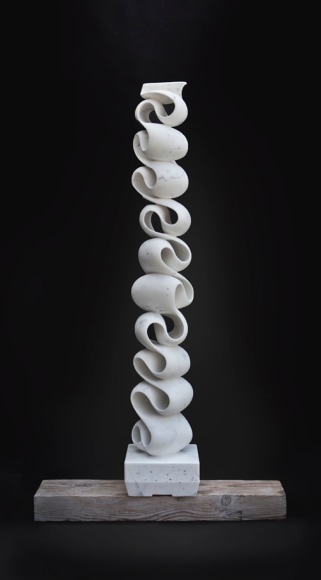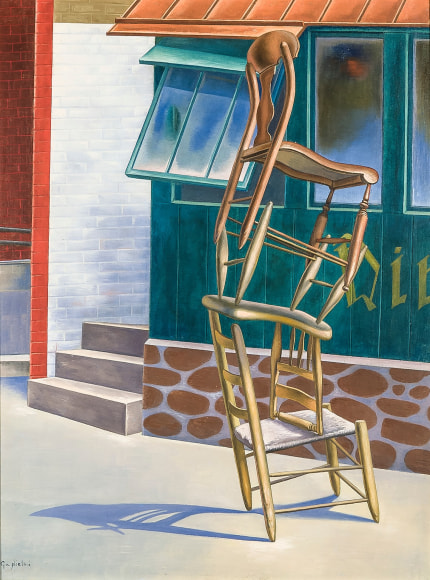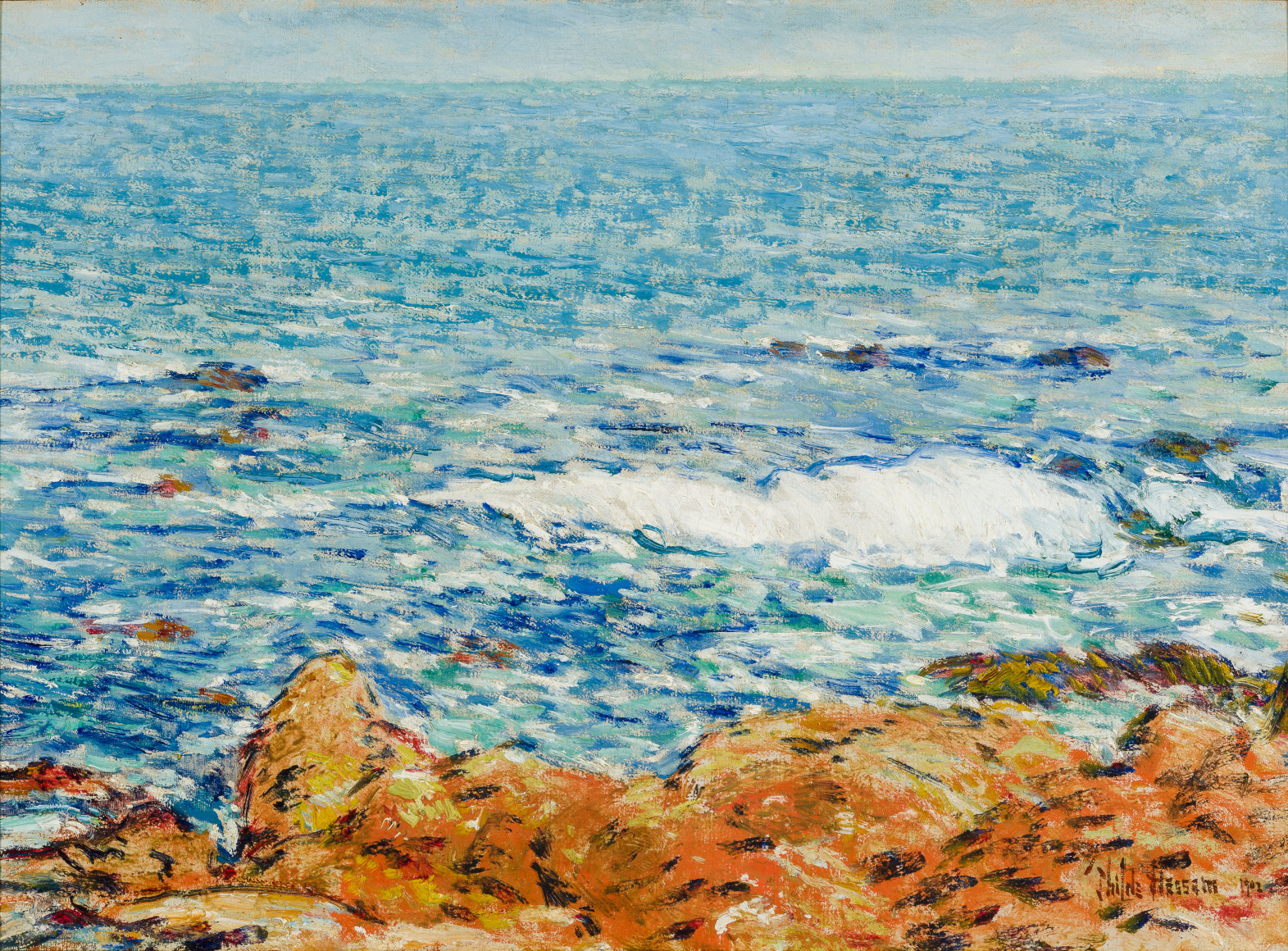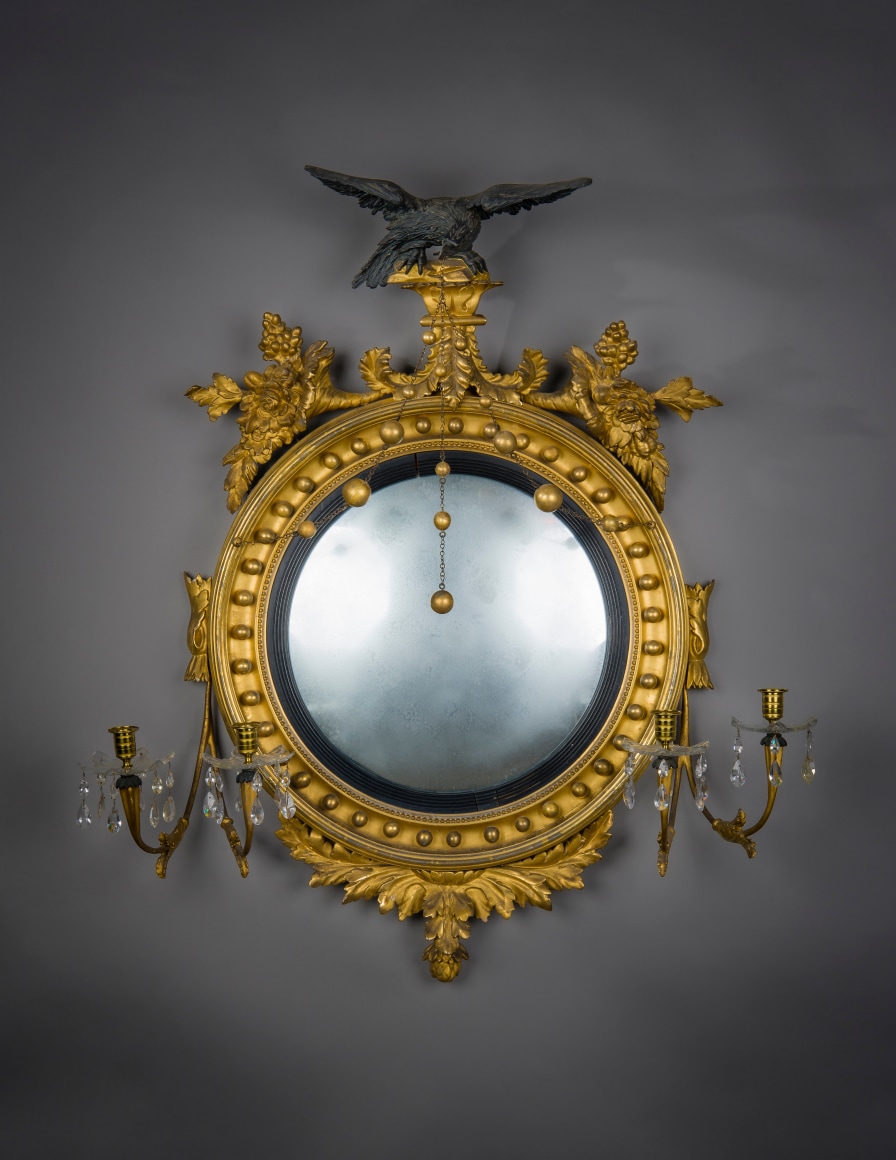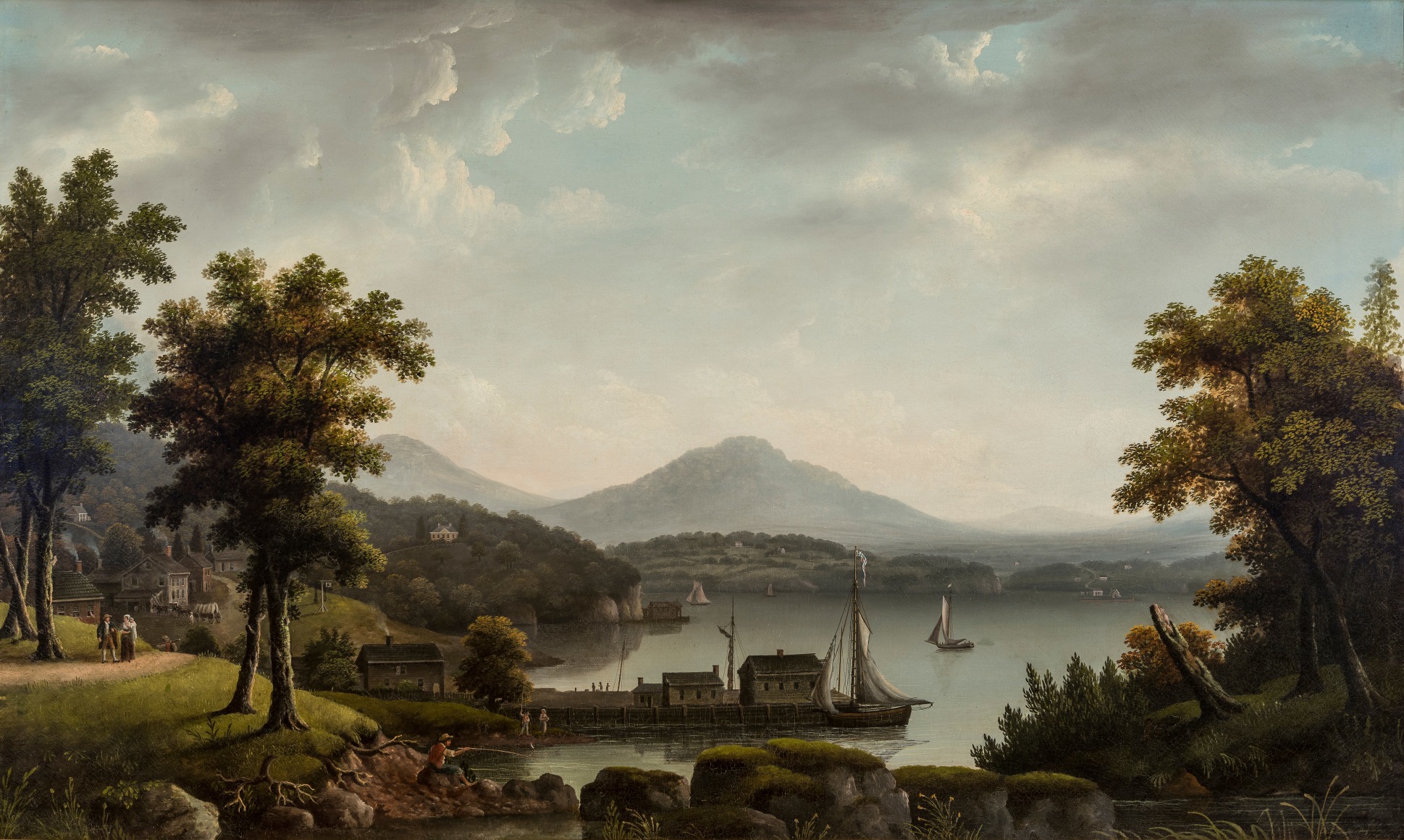One of the great strengths of Hirschl & Adler is the scope of its inventory. From early American portraiture and Neo-Classical furniture, to groundbreaking paintings by Modernist masters and Self-taught artists, the gallery’s holdings truly offer something for nearly everyone. Over the next 2 weeks, the staff of Hirschl & Adler will present and discuss their favorite works on Facebook and Instagram, so please be sure to visit us daily. Enjoy the show.

